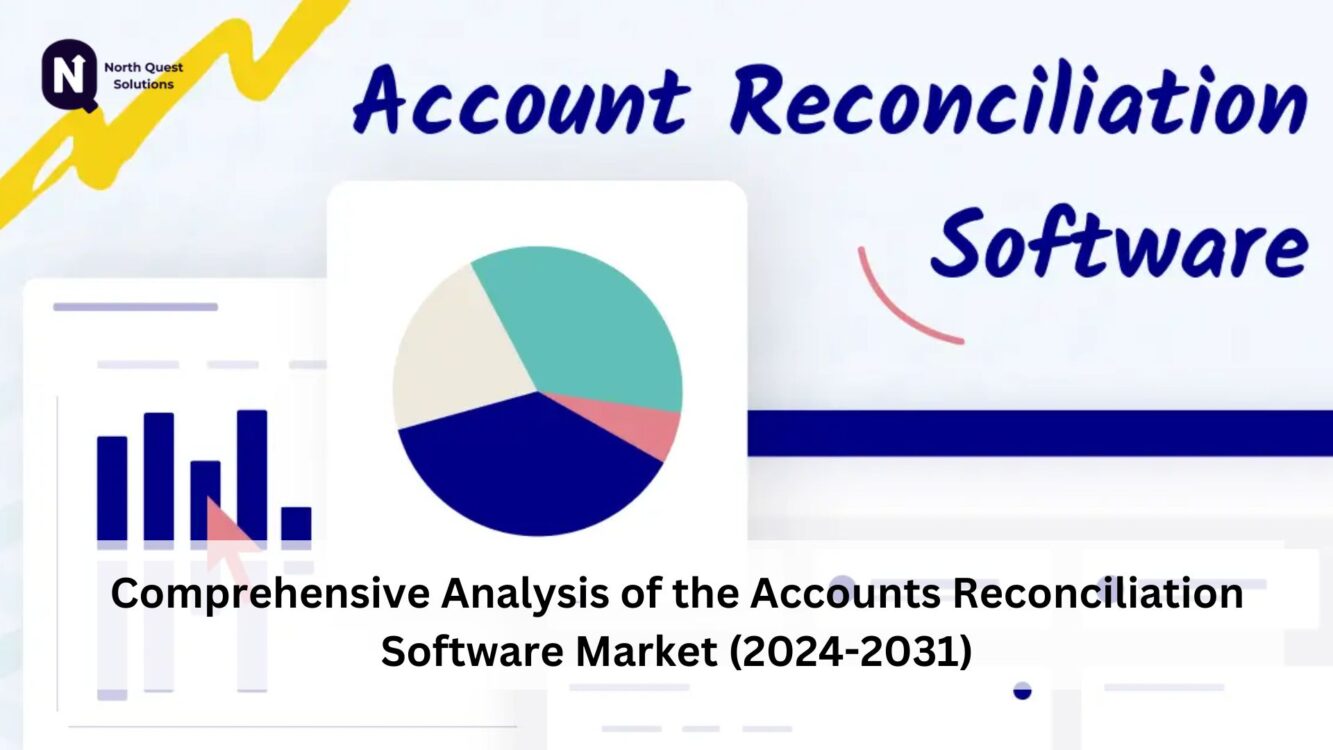
If you’ve ever found yourself scratching your head over mismatched bank statements or wondering where the funds in your account disappeared to, you’re not alone. Welcome to the world of monthly account reconciliations—a process that might sound like a dry, boring task, but trust me, it’s a total game changer for keeping your finances in check. Whether you’re managing a small business or handling personal finances, monthly account reconciliations are essential for ensuring everything adds up, preventing errors, and avoiding unexpected surprises down the road.
So, how do you get started? What’s the secret to making this seemingly tedious task not only bearable but actually beneficial? Well, sit tight because we’re about to break it all down in a way that makes sense—and even feels a little fun!
What Are Monthly Account Reconciliations?
Simply put, monthly account reconciliations are the process of comparing your financial records (like your bank statements or accounting software data) with actual transactions to ensure everything matches up. If you’re off by even a dollar or two, it could lead to bigger issues down the road, and let’s be real—no one wants that.
Here’s what you do:
- Compare your bank statement to your ledger.
- Identify any discrepancies.
- Fix those discrepancies by adjusting either your records or the statement.
It’s a financial check-up of sorts, and just like any health check, you’re better off doing it regularly.
Why Are Monthly Account Reconciliations So Important?
Okay, so we’ve covered what monthly account reconciliations are. But why should you even care about them? Well, the benefits are pretty massive! Here’s why they should be a monthly ritual in your life:
1. Keeps Your Finances Accurate
It’s easy to let minor errors slip under the radar. But when you reconcile your accounts every month, you’re catching those pesky mistakes before they snowball into bigger issues.
2. Prevents Fraud
It’s also a fantastic way to catch any unauthorized transactions. By reviewing your bank statement and matching it with your records, you’ll quickly notice if something doesn’t quite add up. No one likes surprises when it comes to fraud!
3. Improves Cash Flow Management
When you reconcile regularly, you get a much clearer picture of where your money is going. This insight lets you plan better, allocate funds more effectively, and ultimately improve your cash flow.
4. Ensures Tax Readiness
When tax season rolls around, the last thing you want is to be scrambling to organize your finances. Monthly account reconciliations ensure that everything’s in order, so you’re not stuck playing catch-up when it’s time to file your taxes.
5. Reduces Stress
Honestly, who needs the anxiety of staring down an unbalanced checkbook? With monthly reconciliations, you’re tackling any issues as they arise, leaving you with fewer sleepless nights.
How to Perform Monthly Account Reconciliations Like a Pro
Now that we’ve convinced you of the importance of monthly account reconciliations, let’s dive into how to actually do them! The process is relatively straightforward, but it does require some attention to detail.
Step 1: Gather Your Documents
Before you get started, you’ll need your financial documents. This typically includes:
- Bank statements
- Credit card statements (if applicable)
- Internal transaction records (from your accounting software or ledger)
- Receipts for any purchases made
Once you’ve got everything in front of you, you’re ready to roll.
Step 2: Compare Your Records with the Bank Statement
Take your bank statement and match each transaction with the corresponding entry in your records. Check the dates, amounts, and details of each transaction to make sure everything aligns.
- Tip: If you’re using accounting software, the system may automatically mark off matched transactions. This can save you a ton of time!
Step 3: Identify Discrepancies
If you notice any differences between your records and the bank statement, it’s time to investigate. Discrepancies might be caused by:
- Bank errors (rare, but they happen!)
- Outstanding checks
- Fees or charges you forgot to account for
- Unrecorded payments or deposits
Step 4: Adjust Your Records
Once you’ve figured out what’s causing the discrepancies, it’s time to adjust your records. You can either update your bank statement (if the error was on the bank’s end) or update your records (if the error was on your end).
Step 5: Double-Check Everything
This is the final step, and it’s crucial. Go over the reconciliation process one more time to ensure everything matches. When everything lines up perfectly, you’ll know you’re on track!
Common Mistakes to Avoid During Monthly Account Reconciliations
It’s easy to make mistakes when you’re reconciling your accounts, especially if you’re new to the process. Here are a few common pitfalls and how to avoid them:
1. Forgetting to Include All Transactions
Make sure you’re not overlooking small transactions, especially when reviewing your bank statements. Missing just one can throw off the entire process.
2. Not Reconciliating in a Timely Manner
Don’t wait too long to reconcile your accounts. The longer you wait, the more difficult it becomes to track down discrepancies. It’s a good idea to do it on the same day each month—consistency is key.
3. Relying Too Heavily on Automation
While accounting software is a huge help, it’s not infallible. Always double-check that everything is correct, even if the system says your accounts are balanced.
4. Skipping the Double-Check
I know it’s tempting to just assume everything’s perfect once you’ve matched the numbers, but double-checking is a must. Errors can easily slip through the cracks, so give it a second look to be sure.
FAQs About Monthly Account Reconciliations
What’s the best way to track discrepancies?
Start by making a list of the transactions that don’t match up. Then, investigate each one by looking at receipts, checking for errors, and confirming payments. Using accounting software can make this process easier by generating reports of missing or unmatched transactions.
How often should I perform reconciliations?
It’s best to reconcile your accounts every month. If you have more complex finances, such as a business with many transactions, you might want to consider reconciling more frequently.
Can monthly account reconciliations prevent tax issues?
Yes! By regularly checking your accounts, you’ll be on top of your finances and can ensure everything is accurate and up to date for tax season. No more last-minute scrambling!
Conclusion
There you have it—everything you need to know about monthly account reconciliations! While the process may seem like a hassle at first, once you get the hang of it, you’ll realize it’s one of the most essential financial practices to maintain order and avoid stress. Plus, by taking the time to check your accounts every month, you’re putting yourself in the best position to catch errors, prevent fraud, and streamline your financial management.
So, grab your documents, set aside some time, and start reconciling! Your future self (and your bank balance) will thank you. Happy reconciling!
